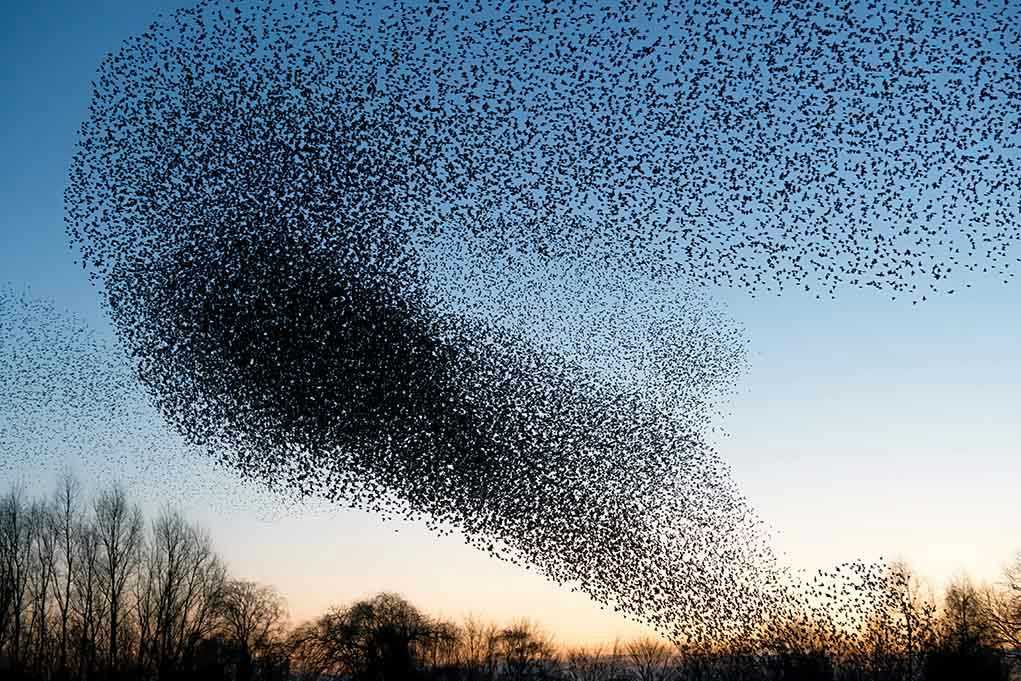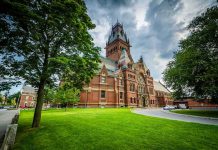
One unassuming backyard bird—introduced to solve a problem—has become the bane of bird lovers and a quiet menace to native species across North America.
Story Snapshot
- House sparrows, once introduced as pest control, now dominate feeders and threaten native birds.
- Accurate identification is crucial, as not all “little brown birds” are the enemy.
- Changing feeder types and seed mixes can make a big difference in sparrow control.
- Conservationists urge a balance of feeder management and native habitat restoration.
The Relentless Invader: From Victorian Solution to Modern Nuisance
Victorian-era Americans released house sparrows into city parks, hoping their appetite for insects would tame crop pests. The plan backfired spectacularly. These birds—so unremarkable in appearance they’re often overlooked—adapted with uncanny skill to the urban sprawl. Within decades, house sparrows had become ubiquitous, crowding out bluebirds, chickadees, and other native favorites. Their numbers swelled in step with industrial growth, and by the twentieth century, they had outpaced nearly every native sparrow in city and countryside alike.
House sparrows’ success is rooted in their flexibility. They nest in gutters, traffic lights, and eaves, thriving on crumbs, seeds, and human waste. Unlike most native species, they breed early, often, and with little regard for territory. These traits make them relentless competitors, especially at backyard feeders filled with generic seed mixes. The result: the cheerful morning chorus of native songbirds is drowned out by the chattering flocks of house sparrows, whose aggression is matched only by their appetite.
The High Price of a Free Lunch: How Feeders Fuel the House Sparrow Boom
Backyard feeders, intended as acts of stewardship, often become battlegrounds. House sparrows, emboldened by easy meals, drive off timid native birds and even destroy their nests. The most common casualties are cavity-nesters such as bluebirds and purple martins, whose populations drop wherever house sparrow numbers surge. Their dominance is so complete in some neighborhoods that homeowners see only a blur of brown wings—never the cardinals, goldfinches, or chickadees they hoped to attract.
Seed choice is pivotal in this ecological drama. Commercial seed blends brimming with millet, cracked corn, and milo might as well carry a “Sparrows Welcome” sign. Conversely, switching to thistle or safflower seed can tip the scales back toward native species, as house sparrows rarely eat these. Feeder design also matters: models with smaller ports and perches can exclude sparrows while granting access to smaller, desired species. Even the simple act of cleaning up spilled seed can reduce sparrow numbers, since these birds eagerly exploit ground-level food sources.
Conservationists Weigh In: Solutions, Dilemmas, and Trade-Offs
Conservation experts consistently recommend a practical, multi-pronged approach. First, know the enemy. House sparrows are easy to confuse with native sparrows, but their chestnut necks, gray chests, and (in males) bold black bibs set them apart. Accurate identification ensures native sparrows aren’t unfairly excluded. Second, removing or modifying feeders during peak sparrow invasions can give native birds a chance to reclaim space. Third, diversifying backyard landscapes with native plants reduces reliance on feeders altogether, favoring a broader range of species and restoring ecological balance.
Yet, debate persists over the ethics and effectiveness of bird feeding. Some biologists argue that, in areas overrun with invasives, removing feeders may be the only way to break the sparrow’s hold. Others counter that careful management—selective feeding, regular cleaning, and habitat enhancement—can still nurture native populations. What’s clear is that the days of “set it and forget it” feeders are over. Homeowners must become active stewards, adapting their strategies as conditions change.
Persistent Problems, Subtle Progress: The Future of Backyard Birding
House sparrows will not vanish from North America; their adaptability is too great, their numbers too entrenched. Still, growing awareness and smarter practices offer hope. As more homeowners consult expert guidance, sparrow numbers at feeders decline and native birds return. The bird feeding industry is shifting as well, marketing specialized feeders and seed mixes that prioritize conservation over convenience.
Ultimately, the battle against house sparrows is not about eradicating a species, but about tipping the odds back in favor of native wildlife. Success comes one backyard at a time, with every feeder modified and every seed choice reconsidered. The reward: a richer, more vibrant chorus in the garden, and a small victory for biodiversity in a world where such wins are increasingly precious.
Sources:
All About Birds (Cornell Lab of Ornithology)
Missouri Department of Conservation















